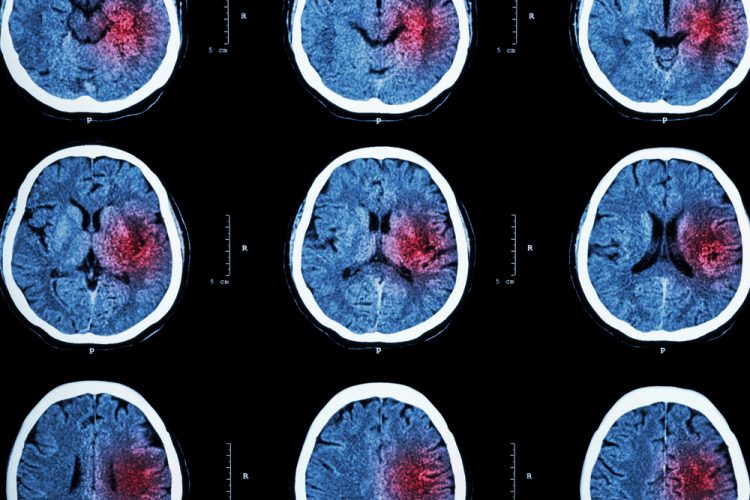Neurolysin shown to be potential drug target for ischemic stroke
Posted: 13 October 2021 | Anna Begley (Drug Target Review) | No comments yet
Researchers are identifying molecules that interact with neurolysin, a peptidase that helps protect the brain against stroke.


A study from the Texas Tech University Health Sciences Center (TTUHSC), US, is evaluating neurolysin (Nln) as a therapeutic target for ischemic stroke by seeking to identify small molecules capable of enhancing the activity and catalytic efficiency of Nln.
In previous research, the team first identified Nln as a key internal peptidase that helps protect the brain during acute neurodegenerative disorders such as stroke. Their research showed that when Nln was inhibited after a stroke, there was more damage to the brain, but when the amounts of Nln in the brain were increased prior to stroke, the damage was significantly reduced.
The researchers confirmed this finding in animal models and began to investigate if there were ways in which the activity of Nln already present in the brain could be enhanced, which based on previous experiments, should result in smaller stroke injury. However, enhancing the activity of enzymes is difficult to achieve.
Drug Target Review has just announced the launch of its NEW and EXCLUSIVE report examining the evolution of AI and informatics in drug discovery and development.
In this 63 page in-depth report, experts and researchers explore the key benefits of AI and informatics processes, reveal where the challenges lie for the implementation of AI and how they see the use of these technologies streamlining workflows in the future.
Also featured are exclusive interviews with leading scientists from AstraZeneca, Auransa, PolarisQB and Chalmers University of Technology.
“We have been very good to inhibit enzymes, which means to block their function, block their activity,” investigator Vardan Karamyan explained. “But it is extremely rare to have compounds which can enhance the activity of enzymes, to help them function with more efficiency. Over the last many decades, we learned pretty well how to inhibit enzymes, but when it comes to enhancing their activity, or activating them, our understanding is in its infancy.”
Further research, published in the Journal of Medicinal Chemistry, discovered two histidine dipeptides that can selectively enhance the activity of Nln. “We screened tens of thousands of compounds in the computer and we ranked them based on the probability that they could interact with Nln,” Karamyan summarised. “Then from those, we actually received the top 100 compounds from the National Institutes of Health (NIH) and then in my lab we tested them one by one to see if we could then find compounds that do interact with Nln, but more importantly, enhance its activity.”
NEWS: Gene therapy method could restore visual function after stroke – READ HERE
The team then determined how to work with these Nln histidine dipeptide activators to potentially improve stroke outcomes. They identified three molecules that exhibited significant improvements, when compared to those original dipeptides, it would take more time to produce a molecule and therefore a drug that is so effective and stable that it can be administered orally, intravenously or intramuscularly and can then reach the brain and activate Nln.
Karamyan stated that the team have accomplished to this point represents a tremendous advancement in regards to what was known about Nln as an enzyme and in identifying molecules that could one day be used to treat stroke and other neurological disorders.
Related topics
Drug Targets, Enzymes, Molecular Biology, Molecular Targets, Neurosciences, Screening, Small Molecules, Target molecule, Therapeutics
Related conditions
Ischemic stroke
Related organisations
Texas Tech University Health Sciences Center
Related people
Vardan Karamyan



